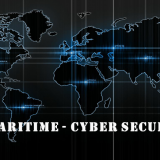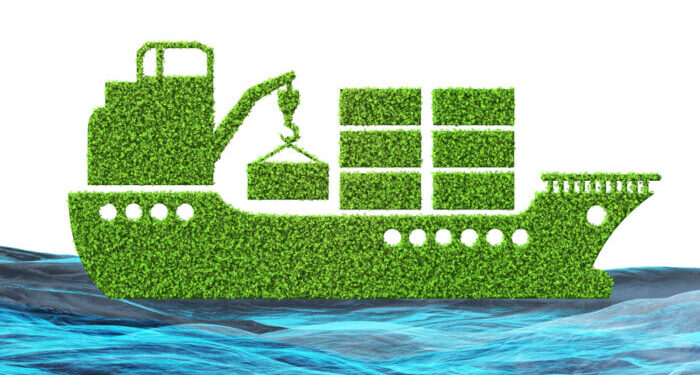The IMO’s MARPOL Annex IV Convention, which aims to control sewage pollution from ships, is being revised to ‘confirm the lifetime performance’ of Sewage Treatment Plants (STPs). Although the focus is on the new ships, some Member States and NGOs propose ‘concrete measures’ to improve the existing STPs on existing ships. [1, 2]. So how do existing STPs perform, and what does it take to improve them?
A survey of 127 ships showed a huge gap between rules and realities (table above). Merely three percent of STPs met the IMP’s STP performance standards [3]. If a standard was to be set to accommodate the 95th percentile of the best performing ships, it would be 10 times the concentration of untreated domestic sewage. It is evident that despite the availability of technologies type approved under the IMO’s approval regimes over a last decade or so, the IMO’s STP performance standards remain aspirational and unproven.
STPs are developed to pass type tests only. The performance standard has not been applied to actual discharges from ships. The lack of effective implementation has led to a situation far worse than poor treatment performance. Let’s hope this new initiative, backed by shipping NGOs, will help the maritime industry with a much-needed reality check – i.e., to find out to what degree the existing STPs can be improved, and to what extent the huge gap between rules and realities can be narrowed.
What does it take to improve your STP?
1) To have a good intention. There should be no penalties or brownie points. To crack open sea water valves, or to send to the lab a bottle of tap water in lieu of STP effluent, would invite bad regulation for the industry. To make an STP perform is never ‘care-free’ – commitment is needed.
2) Applications. Small ships face the most challenging conditions in terms of space, resources, and fluctuated sewage loading. Small ships are at the periphery of the approval and inspection regimes, and are most likely to have installed underperforming STPs [10]. Therefore, small ships are critical to establish the true boundary of an evidence-based, practicable and sustainable sewage regulation, and let’s hope they are well represented in this initiative.
3) Know your STP. To improve an existing STP, technical know-how is required. For example, to pursue good effluent qualities without measuring and assessing its effluent flow rate can be worse than meaningless, because it would encourage dilution. Not all STPs can be helped: STPs without a solids-separation step [7] and STPs using chlorination disinfection without de-chlorination [8] are still spreading on new ships.
4) Scope of improvements. A certified STP should not be modified without the involvement of its maker and its approval authority. Hence the scope of improvement needs to focus on STP interface conditions, training, and operation and maintenance (O&M). Features to provide the basic visibility of STP operational conditions can be essential. Keep a record of the observations.
5) Benchmarking. To benchmark an STP, its effluent flow rate and turbidity are essential. Take regular photos of STP effluent for future reference. When an accredited laboratory is involved, please note the effluent sample point needs to be disinfected, residual chlorine (if applicable) and pH need to be tested immediately, sample bottles must be transported in cool boxes, and a signed chain of custody needs to be in place.
6) Interfaces. All waste streams into the STP should be evaluated. Make a note if food waste and its derivatives are connected to the STP [11]. Measure the daily flows and peak flows, and ensure they are within the certified capacity of the STP. Note grey water, when treated, can increase organic and hydraulic loadings to an STP. Keep the vent pipe clear.
7) Operation & Maintenance (O&M). Failing to operate an STP ‘in accordance with the manufacturers O&M manual’ has led to most STP-related detainments. So do get trained and do follow the O&M manual. Keep manufacturer approved spares and consumables. Check chemical shelf-life. Disinfection processes can be checked by the test kits specified in the O&M manual. Maintaining good solids separation by settlement, flotation or filtration is crucial for good effluent quality.
Seeing improvements? Now, observe the STP effluent again, and compare it with the benchmark in terms of flow rates and turbidity or any other parameters of concern. Make your findings known. Burying bad news encourages and sustains bad rules.
Better regulations are needed
Our aqua environment has improved over the past century, thanks to the effective regulations on-land that evolve over a ‘regulatory cycle’ (Figure below). The maritime industry also has a taste of success in Alaska [12,13], demonstrated by the performance of the advanced wastewater treatment systems (AWTS) that is a startling contrast to that of the STPs (Figure) [14]. The IMO’s MARPOL Annex IV is so incompatible with effective regulation that the AWTS’ performance cannot be defined under the IMO rules. In this context, any tangible improvements that can be achieved by this positive initiative should be most welcome by the maritime industry.
Source: maritime-executive



